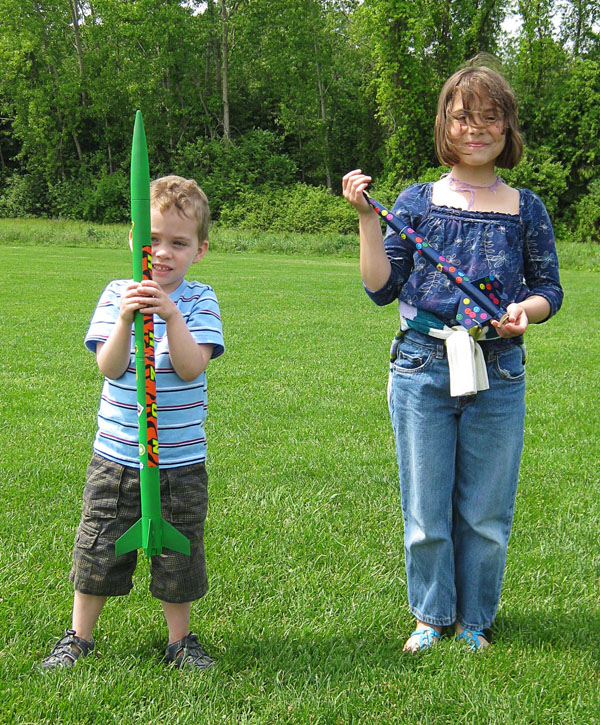Fins for Project Overkill
Posted in Project Overkill on July 2nd, 2010 by cpeds – Be the first to commentI’ve worked on the fins on and off over the last few days. I started out making 1/8 inch birch plywood fins with tabs long enough to pass through the body tube all the way to the motor mount. I figure that’ll add much more strength than the fins that came with the LOC IV kit I started with. The tabs on the LOC fins were just 1/8 of an inch deep or so. They were enough to pass through the body tube and get a glue fillet on the inside, but no where near long enough to attach to the motor tube and centering rings.
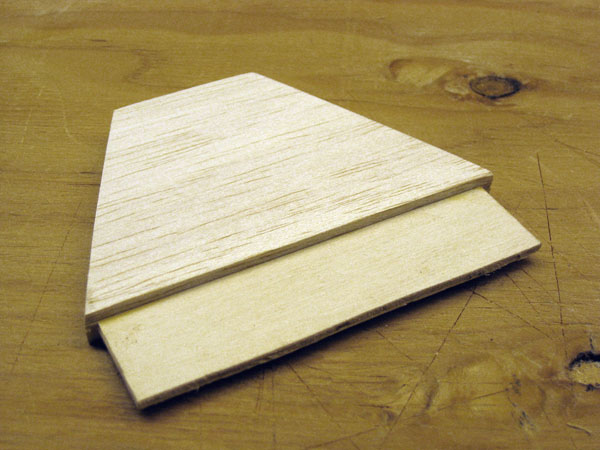
Once I had three of those plywood fins cut, I cut six 1/8 inch balsa fins slightly larger but without the through the tube tabs. I then attached one balsa fin to each side of each of the three plywood fins. This gave me the ability to shape the fins without sacrificing much of the plywood.
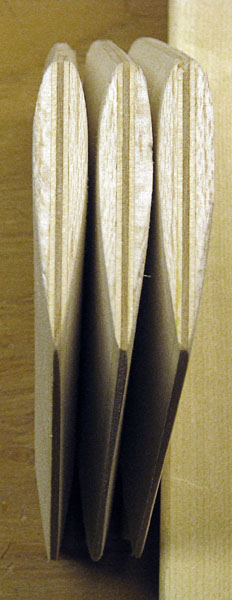 [In this photo only the leftmost fin is seen straight on. The others are seen at a bit of an angle. When viewed straight on they appear more uniform.]
[In this photo only the leftmost fin is seen straight on. The others are seen at a bit of an angle. When viewed straight on they appear more uniform.]I decided this time around to try to shape the fins into an airfoil. I’ve never done that before and I know it is fairly exacting, so I was pretty nervous about getting it right. I started by laying down a piece of tape one inch from the rear edge of the fin to use as a guide while sanding the initial bevel. The tip is only two inches long so this is half the length of the tip. I then beveled the rear end of the fin. I did that on both sides. At this point the fin was 3/8 inch thick one inch from the rear edge, but only 1/16 inch along the rear edge. This was just a plain, straight bevel. I did not put any curve into that bevel yet. Once I had done both sides of the rear edge, I moved to the forward edge. Here I started by adding a bevel, but quickly turned it into a blunt rounded curve. Once both sides of the forward edge were rounded I added a curve from the rear bevel to the front rounded edge. That gave me a nice airfoil shape. I don’t know if they are good enough, but they look decent to my untrained eye.
I know that I should have tapered the fins so that the chord to thickness ratio remained constant for the entire span, but I just couldn’t bring myself to attempt that type of complexity yet. Maybe on the next big rocket.
I also added a coat of cyanoacrylate (CA or super glue). I wanted to make the balsa a little more resistant to dings and dents. The CA seemed to wick into the fibers and add some strength. Once it was dry I gave them a good sanding.
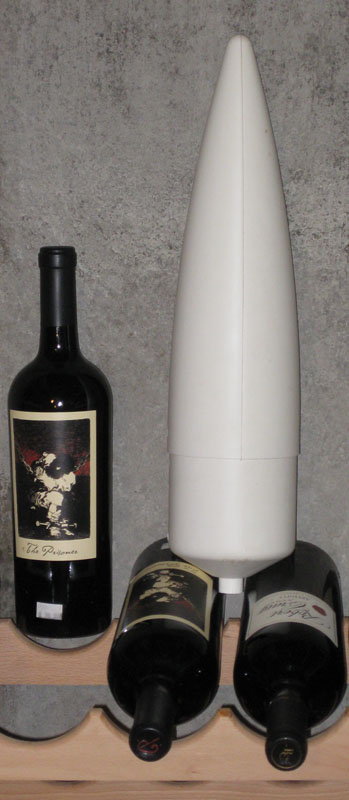
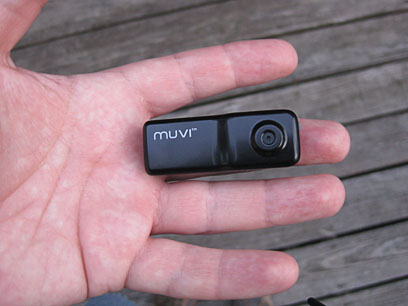
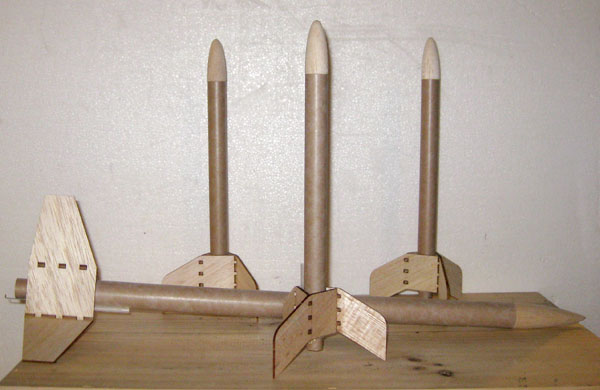 [Rockets built by Matthew, Miranda, and Miranda’s friends]
[Rockets built by Matthew, Miranda, and Miranda’s friends]